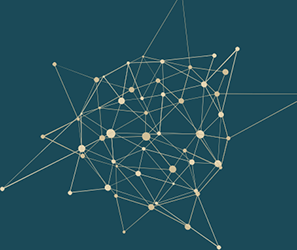Speaker
Description
Recent years have seen many publications underlining the importance of space missions to Uranus and Neptune in the following decade. Proposed mission plans would have a cruise time around 10 years, which can be utilized to search for low-frequency gravitational wave signals by observing the Doppler shift in the Earth–spacecraft radio link. Our recent work (Soyuer et al. 2020) demonstrates that detection of a supermassive black hole binary could be possible via Doppler tracking, and that a mission concurrent with LISA would improve gravitational wave source localization by an order of magnitude compared to LISA alone.
These prospective ice giant missions could also be utilized to constrain the dark sector. Modifications to the third Kepler-law and deviations from the inverse square law of gravity can be tested by observing the extra perihelion precession of Uranus and Neptune, which allows probing the local dark matter density, modified gravity (MOND) scenarios and Yukawa-like interactions. As of now, the extraprecession measurements of ice giants are done via ephemerides measurements, which have large uncertainties and provide looser constraints with respect to constraints by other planets. Current upper bound on the local dark matter density lies around $\rho_{\rm \scriptscriptstyle DM} \sim $10$^{-20}$ g/cm$^3$. However, Doppler tracking missions to Uranus and Neptune with radio ranging accuracy of a few meters can improve this upper bound by 2 to 3 orders of magnitude via the extraprecession technique. Moreover, estimates coming from the spacecraft cruise time energy budget could yield an even better estimate than the ephemerides measurements, potentially providing evidence for dark matter or shedding light on modified gravity scenarios.




